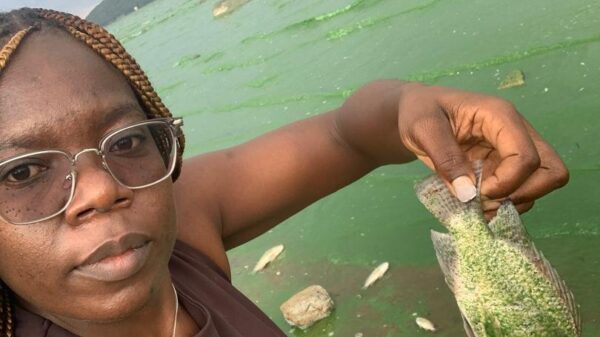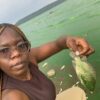Illegal fishing at Lake Chivero persists despite a fishing ban enforced by the Zimbabwe Parks and Wildlife Management Authority (Zimparks) in 2024.
This ban was implemented after an estimated 1,000 fish died due to cyanobacteria poisoning, which was linked to raw sewage runoff from the Marimba area. The runoff contaminated the lake’s bays and created dangerous conditions for aquatic life.
However, a recent survey by The Independent found that fishing continues at the lake, with vendors openly selling various species, such as bream and catfish (known locally as muramba/umlamba), at Norton’s popular fish market. These fish are allegedly sourced from Lake Chivero.
One local fisherwoman and vendor, who continues her trade despite the risks, shared her thoughts with The Independent:
“Most of the fish in the market come from Lake Chivero. I know them well—they’re distinct and quite large. People aren’t going to stop buying or eating the fish because of the contamination fears.
We’ve been eating them and are still fine. Fishermen get up early to fish before Zimparks arrives, while some catch fish from nearby bridges after they’ve been washed out from the lake.”
To assess the safety of the fish sold in the market, The Independent purchased a catfish from Norton and had it tested at a reputable lab for chemical contaminants. The results showed trace amounts of metals, including zinc, lead, cadmium, and mercury, but at levels deemed safe for human consumption.
The lab tested various tissues of the fish, including the gills, liver, intestines, and muscle. An official from the lab confirmed the fish was free from heavy metal contamination, stating:
“The fish is safe to eat as it does not contain heavy metals. There are trace amounts of metals such as zinc, lead, cadmium, manganese, iron, copper, mercury, arsenic, tin, cobalt, and nickel. The liver sample had high iron levels, which are used for fortification, but the metal levels in general are safe.”
The Independent could not confirm if the catfish came from Lake Chivero.
Zimparks spokesperson Tinashe Farawo emphasized that the authority has ramped up enforcement efforts to protect public health. He also mentioned that ongoing research aims to understand why certain species, like catfish and crocodiles, survived the cyanobacteria outbreak while others perished. According to Zimparks, the cyanobacteria contamination resulted in the deaths of four white rhinoceroses, three zebras, numerous birds, livestock, and over 1,000 fish.
ALSO READ : Magaya’s Secret Meeting Sparks Controversy in Zimbabwean Football

For comments, Feedback and Opinions do get in touch with our editor on WhatsApp: +44 7949 297606.














































